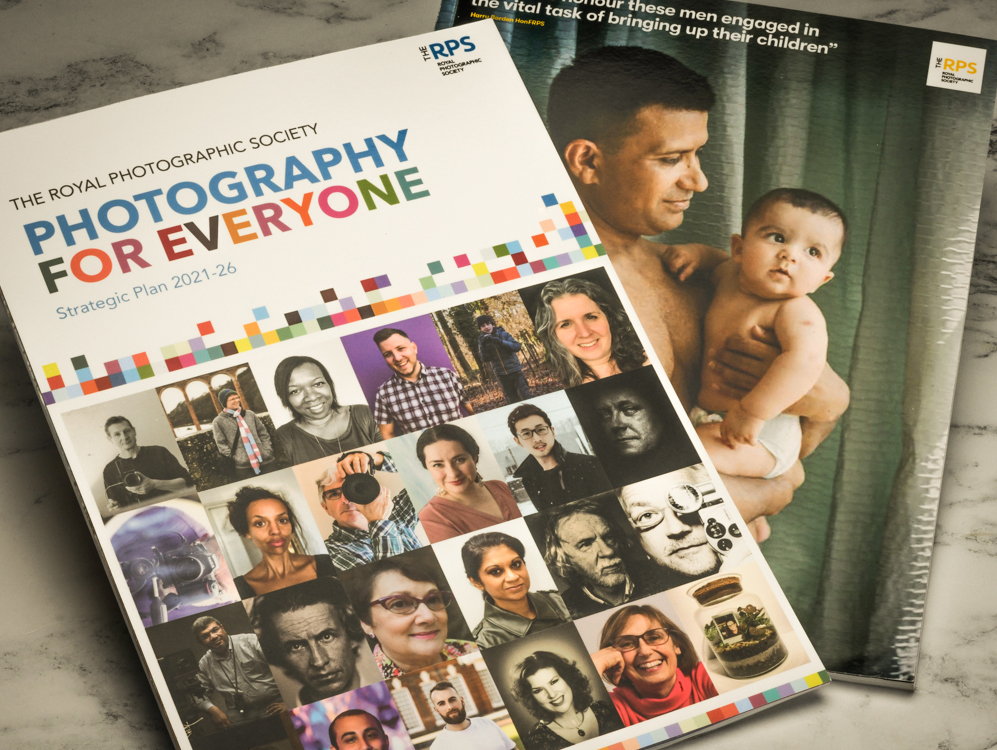To parody the satirical film Monty Python’s Life of Brian, “What did the [Romans] Greeks ever do for us?” Well, quite a lot actually. For one, the Ancient Greeks gave us the word ‘parody’, from παρῳδία (parodia) meaning “counter-song”. They also gave us ‘sarcasm’, from σαρκασμός (sarkasmós) which means “to sneer” and thus provided two vital ingredients of satirical ‘comedy’, from κωμῳδία (kōmōdía) meaning “revel singing”.
However, the Greeks can’t claim everything … they didn’t give us ‘satire’, we have the Romans to thank for that, along with “… sanitation, medicine, education, wine, public order, irrigation, roads, the fresh-water system, and public health!” according to ‘Reg’, leader of the People’s Front of Judea, played by John Cleese in Life of Brian.
The Greeks also gave us medicine (Hippocrates), philosophy (Socrates, Plato, Aristotle), mathematics (Thales, Pythagoras, Archimedes) and trial by jury, reputedly devised by the goddess Athena, to whom the Parthenon on the Acropolis of Athens is dedicated. Athena was briefly the consort of Helios, a relatively minor god but, being responsible for the path of the sun across the daytime sky, Helios is of more than minor importance to photographers and therefore appeared as the pictorial centrepiece of the original RPS seal. Incidentally, the Greeks also gave us the word ‘photography’, a compound of φωτός (phōto's) meaning “light” and γραφή (graphé) meaning ”drawing”, hence ’photography‘ is ”drawing with light”.
Such is the importance of Helios to photographers, that his name was given to a Soviet lens which has become the most mass produced lens in the history of photography. However, we really have the Germans (not the Greeks nor the Romans nor the Soviets) to thank for that. By the mid-twentieth century, a great deal of German photographic and optical expertise was concentrated in the east of the country. This included the Carl Zeiss factory, in the city of Jena, which at the end of the Second World War fell within the Soviet Occupation Zone of East Germany.
War reparations gave the Soviets ready access to some of the best German industrial and technological expertise, including the optical designs and manufacturing facilities of Carl Zeiss. Some twenty years earlier, Carl Zeiss had released the Biotar cinematography lens based on an 1895 design by Paul Rudolph. A variant of this six element symmetrical Double-Gauss design was used for the Carl Zeiss Biotar 58mm f/2, produced as a stills photography lens. The Double-Gauss design became the most successful and widely-used photographic lens formula of the twentieth century and, today, remains just as popular although Carl Zeiss no longer uses the Biotar name and brands all its Double-Gauss lenses under the Planar name.
With access to the Biotar lens formula and the manufacturing technology of Carl Zeiss, the Soviets began production of their own Biotar, the BioTar Krasnogorski which was eventually renamed the Helios (гелиос). The Soviet Helios 58mm f/2 (with the same optical formula as the original Carl Zeiss Biotar 58mm f/2) is still being manufactured in the Russian Federation. The lens delivers such distinctive “swirly bokeh” that it enjoys cult status along with the Zenith (зенит) range of cameras with which it was often supplied as a kit lens, in place of the four element Industar (индустар) 50mm f/3.5 lens.

One way or another, we really do have a lot for which to thank the Ancient Greeks, so much more than the Olympic Games (which begin, in Tokyo, on 23 July). They also knew about ‘strategy’ from στρατηγία (stratēgia) meaning “the art of [military] generalship” and, on that very subject, the next issue of the RPS Journal will be posted to Members on 23 April. Purely a coincidence but that date is the feast day of Saint George, England’s patron saint.
George was a soldier of Cappadocian Greek origin (yes, the Greeks again!) who became a member of the Prætorian Guard of the Roman Emperor Diocletian - so “Good old Saint George” (that’s a quote from John Cleese’s character ‘Basil Fawlty’ in the eponymous Fawlty Towers) provides a fortuitous (albeit tenuous) link from Monty Python’s Life of Brian, via the Greeks, the Romans, the Germans, and the Soviets, to the RPS Journal!
Why am I desperately looking for a link from Monty Python’s Life of Brian to the RPS Journal? It is in the next issue of the RPS Journal (May/June 2021) that we are launching the new RPS strategy, “Photography for Everyone” so if you were thinking of asking yourself the question, “What did the RPS ever do for us?” you can find the answer on pages 248-251.
Picture captions:
(main) A Soviet-era Zenith E camera (manufactured in 1984) fitted with the Helios '44-2' 58mm f/2 lens (manufactured in 1991) photographed alongside a Hasselblad Carl Zeiss Planar 80mm f/2.8 T* lens. The Zenith E camera was in production for over 20 years (1965-1986) during which time over eight million were manufactured, making it the most popular camera in the history of photography. In the background is a CD cover booklet of Monty Python's Life of Brian (1979, CD released 2014). Front left is an illustration and front right is a modern Rhodean vase, both depicting the Greek god Helios in his chariot. The sculpted relief is of the Parthenon Frieze, Western, Panel VIII (442-438 BC). The original is in the Acropolis Museum, Athens.
(inset) The RPS Strategy 2021-2026 "Photography for Everyone" is launched in the May/June 2021 issue of the RPS Journal (pages 248-251). The cover photograph of the RPS Journal is by Harry Borden HonFRPS from his book, Single Dad (published by Hoxton Mini Press, 2021) available here. The photographs appearing on the cover of the RPS Strategy are by various photographers.
Download the RPS Strategy 2021-2026 here
Nikon D850, PC-E 85mm Micro-Nikkor f/2.8
Copyright © Simon Hill HonFRPS
Read more of my President's News posts here


